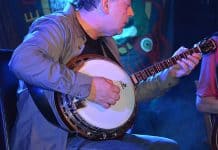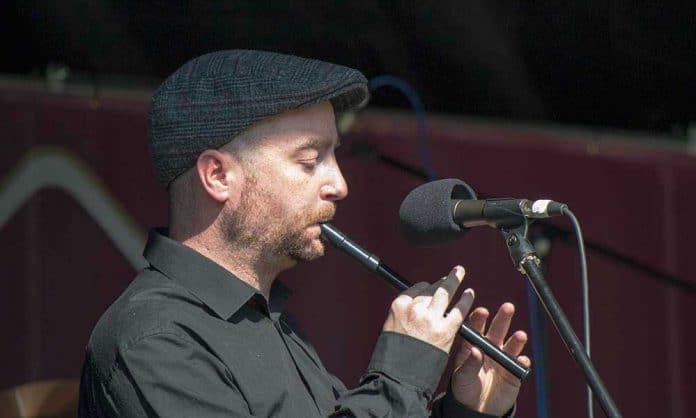
The Irish tin whistle is one of the instruments most synonymous with Irish traditional Music, and its simple design belies the beauty of the sounds that it can produce.
The current six-hole whistle design has evolved over time from earlier incarnations of a simple flute-type instrument that were central to many ancient cultures.
History of the Penny Whistle
The penny whistles that are used in today’s Irish Traditional Music have been played in the British Isles for hundreds of years.
Factory-made whistles started to be manufactured in Manchester in 1840, and the Feadóg Irish tin whistle was the most popular mass-produced model in Ireland.
The sales of whistles of this type soon began to soar for two main reasons.
The first of these was affordability (as their alternative name ‘penny whistle’ suggests, they retailed for a penny), and also their extreme portability made them ideal for the ad hoc improvised sesiuns so popular in Irish musical culture.
It was a rare household in Ireland that did not have at least one whistle to hand, and that still holds true today.
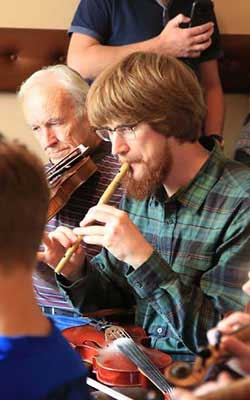
This instrument slowly but steadily increased in popularity amongst folk musicians throughout the 19th century, and it is now an essential component in any traditional Irish band.
They are made from either nickel or brass, with the brass versions achieving a softer mellow tone.
Many Irish performers play a variety of wind instruments, including the flute and uilleann pipes, all of which have very similar fingering patterns, range and repertoire.
Today they are regarded as one of the most ubiquitous instruments in traditional Irish bands.
Tin Whistle Techniques
Traditional playing incorporates a range of different ornamental flourishes designed to make a simple tune more elaborate. These include rolls, strikes and cuts.
The majority of playing is legato (that is, that the notes are played in a smooth connected manner), and any breaks between notes are created with an ornament.
Some of the most common of these include the ‘cut’, in which the player very briefly lifts a finger above the current note without disturbing the airflow into the whistle.
‘Strikes’ or ‘taps’ are not dissimilar to a cut, but in this case the finger below the key is momentarily lifted (in both techniques, the transition from one position to the other must be practically instantaneous).
A ‘roll’ is a note with both a cut and a strike in that order, or it may be also be interpreted as a grouping of notes with exactly the same duration and pitch but with a variety of articulations.
Rolls are further subdivided into ‘long rolls’ and ‘short rolls’.
A ‘Crans’ is an ornament lifted from the playing of the uilleann pipes.
They are very similar to a roll, but they use only cuts, not strikes or taps.
A whistle player will generally only employ a Crans when a roll would not be possible – for example, when playing very low note.
‘Slides’ are comparable to the ‘portamentos’ found in classical music and employ a fingering technique to smoothly lower or raise the pitch to the next note.
In this ornament, the listener should be able to hear the pitch change – as compared to the strike or the cut, where they should not.
‘Tonguing’ may also be employed as a way to emphasize particular notes, such as the initial note in a tune.
‘Vibrato’ can be attained in two ways on the majority of notes simply by opening and closing an open hole with a finger or by altering the breathing.
Key Performers
During the 1960s, Tommy Makem became famous for his mastery of this instrument during his time with the Clancy Brothers, an extremely influential folk group who gained many followers during the folk music revival in America during this era.
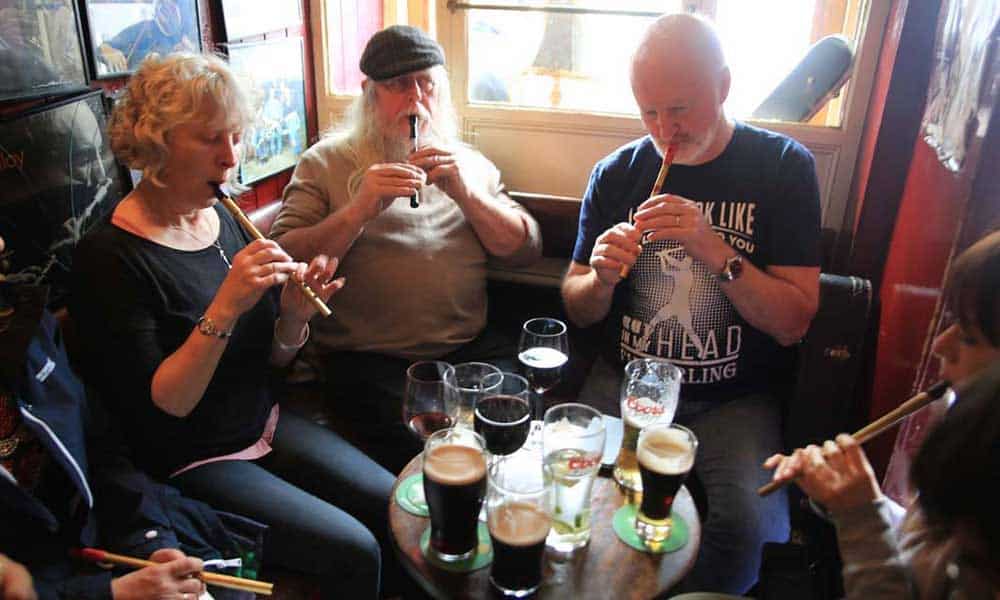
In 1973, leading Irish Traditional Music players Sean Potts and The Chieftains’ Paddy Moloney put out an album named after the instrument – a record which undoubtedly increased interest both in the whistles and in traditional Irish music generally.
Two other particularly influential Irish tin whistle recordings were those released by the talented player Mary Bergin: Feadóga Stáin and Feadóga Stáin 2.
Other noteworthy players include Carmel Gunning, Paddy Moloney, Matt Molloy, Micho Russell and Seán Ryan.
Many leading pipers and flautists play the Feadóg whistle as a second instrument.
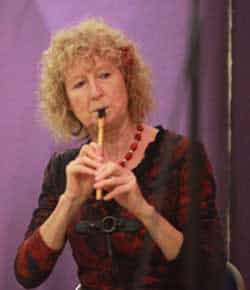
A number of leading rock groups in Ireland also bring it into some of their songs, including The Pogues and The Cranberries.
Similarly, some American Celtic punk bands, including Flogging Molly, Dropkick Murphys and The Tossers, also feature the Irish tin whistle from time to time.
Andrea Corr from the famous folk-rock fusion band The Corrs followed in Mary Bergin’s footsteps as a skilful Feadóg tin whistle player, and LeRoi Moore, the noted saxophonist and member of the US-based Dave Matthews Band, also showcases his prowess on this Irish Traditional Music instrument on a number of the band’s hits.

